There are two common grading systems for tires to help identify winter tire traction capabilities. All tires that pass certain winter tire traction tests can be marked with a symbol molded onto the side of the tire. One is the M+S (mud and snow) symbol, and the second is the mountain/snowflake symbol. Both are based on standardized tire industry testing, however the extent of testing, and the traction levels required to qualify for each symbol are very different. While both symbols are helpful indictors of what you can expect from the tire, it is important to understand the difference between the two. This is particularly important when deciding on which tires to purchase for your car, SUV, CUV or light truck in colder climates.
M+S symbol usually found on the side of the tire near the wheel flange
The M+S tire marking system was first introduced to differentiate knobby bias-ply tires from the more common rib treads on early radial car and light truck tires. Over time, M+S became a standard marking to show the tire had some “all-season” capability compared to summer tires. Unfortunately, it is a very one-dimensional test in that it only measures traction in packed snow and mud. It does not measure traction on ice, slush or traction on cold dry roads. For that reason the M+S Symbol falls short in helping fully evaluate winter tire performance expectations in winter driving conditions.
Three Peak Mountain Snowflake symbol is on many Winter Tires.
Recognizing a need for a more up-to-date and helpful measurement of true winter performance, as well as a way to differentiate all-season tires from winter tires, the Rubber Manufacturers Association (RMA) came up with the Mountain/Snowflake symbol for tires. When you see this icon on the sidewall of your tire, you can be assured it meets more stringent winter traction performance requirements and has been rated for “severe snow service”. This includes snowy, slippery roads and low temperature or freezing roads. Most all-season tires do not qualify for the Mountain/Snowflake symbol because the tread rubber in all-season and summer tires become hard at temperatures below 40 F. Only dedicated winter tires, select all-terrain light truck and SUV tires, and some of the latest generation “all-weather tires” meet the traction qualifications for the Mountain/Snowflake symbol’s severe snow service rating. One “all-weather” tire with the Mountain/Snowflake symbol is the Nokian WR G3 tire. The Nokian WR G3 are tires that you can leave on the vehicle all-year round, and still be assured of good traction in winter conditions other than just light snow. Nokian also makes a full line of winter tires for all vehicles and their new Hakkapeliitta 9 studded tire is a great choice for severe weather conditions.
This includes snowy, slippery roads and low temperature or freezing roads. Most all-season tires do not qualify for the Mountain/Snowflake symbol because the tread rubber in all-season and summer tires become hard at temperatures below 40 F. Only dedicated winter tires, select all-terrain light truck and SUV tires, and some of the latest generation “all-weather tires” meet the traction qualifications for the Mountain/Snowflake symbol’s severe snow service rating. One “all-weather” tire with the Mountain/Snowflake symbol is the Nokian WR G3 tire. The Nokian WR G3 are tires that you can leave on the vehicle all-year round, and still be assured of good traction in winter conditions other than just light snow. Nokian also makes a full line of winter tires for all vehicles and their new Hakkapeliitta 9 studded tire is a great choice for severe weather conditions.
At this time, there are only a few areas in North America were winter tires are mandatory. In some Canadian provinces, only tires bearing the Mountain/Snowflake symbol are considered acceptable winter/snow tires, and by law must be used from October through March. Winter tire usage laws are under consideration for some northern U.S. states as well, but for the time-being, good all-season tires that carry the M+S symbol continue to be the broader definition for the minimum acceptable levels of winter traction. M+S rated tires or snow chains are usually permitted in mountain passes and other areas under winter weather advisory conditions.
In some Canadian provinces, only tires bearing the Mountain/Snowflake symbol are considered acceptable winter/snow tires, and by law must be used from October through March. Winter tire usage laws are under consideration for some northern U.S. states as well, but for the time-being, good all-season tires that carry the M+S symbol continue to be the broader definition for the minimum acceptable levels of winter traction. M+S rated tires or snow chains are usually permitted in mountain passes and other areas under winter weather advisory conditions.
Regardless of the local laws and regulations, winter tires are proven to increase safety and reduce accidents if you regularly drive in snow, slush, ice, or cold conditions, or live in an area that regularly experiences winter temperatures below 45 degrees. Visit Tires-easy.com to find all your winter/snow tire needs or check out another helpful post, How to Buy Tires Online: A Complete Guide.
Join Today For Free
New winter tire laws and winter travel restrictions are popping up in regions of the country prone to heavy snow fall and extreme winter weather. To keep safe and legally compliant when driving in these areas it is important to know the different tire classifications and tire certifications to distinguish between all-season tires and true winter tires. The objective of these laws is to improve winter travel safety, and prevent travel on unsafe tires, but everyone, including the people enforcing the regulations can be confused by tire jargon. The following is an explanation of the different tire classifications, certifications and winter tire markings to ensure that you don’t get stuck at a roadside tire check this winter.
To keep safe and legally compliant when driving in these areas it is important to know the different tire classifications and tire certifications to distinguish between all-season tires and true winter tires. The objective of these laws is to improve winter travel safety, and prevent travel on unsafe tires, but everyone, including the people enforcing the regulations can be confused by tire jargon. The following is an explanation of the different tire classifications, certifications and winter tire markings to ensure that you don’t get stuck at a roadside tire check this winter.
Tire manufacturers and tire retailers use general classifications to categorize tire types. Terms like “all-season tires”, “all-weather tires”, “winter tires”, “summer tires” and “rain tires” are examples of tire classifications. While tire manufacturers group their tire styles per actual performance attributes; the groupings are quite arbitrary. One tire manufacturer may design a tire that is optimized for wet and dry conditions and call it a summer tire. Another manufacturer could have a product with the exact same performance characteristics, and market it as an “all-season tire”. There is no way to tell exactly how a tire will perform or how a tire manufacturer classified a particular model just by looking at the tread, sidewall or name of the tire style. For this reason, law enforcement officers at roadside winter tire checks rely on additional information to differentiate tires intended for use on winter roads.
Another manufacturer could have a product with the exact same performance characteristics, and market it as an “all-season tire”. There is no way to tell exactly how a tire will perform or how a tire manufacturer classified a particular model just by looking at the tread, sidewall or name of the tire style. For this reason, law enforcement officers at roadside winter tire checks rely on additional information to differentiate tires intended for use on winter roads.
Over the years, the Department of Transportation (DOT) and the Rubber Manufacturer’s Association (RMA) have implemented certified testing and tire marking systems to help differentiate tires. There are two common tire marking systems used for winter: “M+S” marking, and the “Three Peak Mountain Snowflake” symbol. A tire manufacturer is not obliged to submit their tires for testing, nor do they have to include these markings on the side of their tires. For this reason, it is important to check before you buy new tires. You could be buying a tire that is marketed as an all-season tire for year-round use, with very good snow and ice traction, but without the “M+S” stamped somewhere on the sidewall, your tire may be deemed unsafe for travel on certain roads.
You could be buying a tire that is marketed as an all-season tire for year-round use, with very good snow and ice traction, but without the “M+S” stamped somewhere on the sidewall, your tire may be deemed unsafe for travel on certain roads.
M+S Marking
M+S symbol usually found on the side of the tire near the wheel flange
The M+S marking was introduced in the 1970’s to distinguish tires with extra mud and snow traction from tires with ribbed treads, common in that era.
For a tire to have the “M+S” grading and stamp on the sidewall, it had to have a particular style of block tread pattern and more traction capabilities. By today’s tire performance standards, the standards for this classification is actually quite low, particularly for typical winter driving conditions like packed snow and ice, however the “M+S” certification system has become the benchmark to help the average tire buyer, and law enforcement determine if a tire even a basic level of snow traction.
Three Peak Mountain Snowflake
Three Peak Mountain Snowflake symbol is on many Winter Tires.
In the late 1990’s, the RMA realized that updated standards were required to differentiate true “winter tires” from standard “all-season tires”. The new testing parameters included more winter traction specific testing, including a snow spin test. Today, the Three Peak Mountain Snowflake on the side of a tire remains the best indicator that the tire has good levels of winter traction you would expect from a tire classified as a true “winter tire”. While there are a few non-winter tires, like all-terrain light truck tires, that pass the traction test and carry the Three Peak Mountain Snowflake symbol, the large majority of tires with this symbol are true winter tires, intended to be used only during the winter months.
What does this all mean for you? If you drive in an area with winter tire laws and travel regulations, you should first learn the local winter tire laws.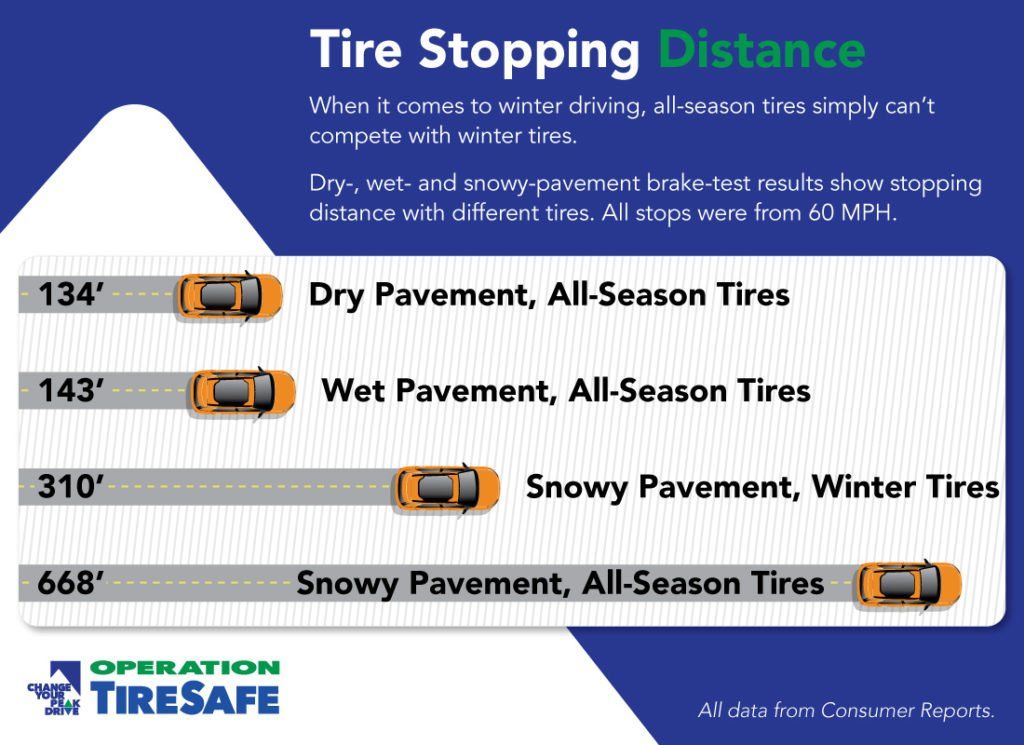 Dedicated winter tires are always a good idea for maximum safety, but most winter travel restricted roads will allow travel without winter tires if you have chains, and your all-season tires are in good condition and are appropriately marked. Regulations pertaining to tires and winter travel can vary from area to area however, so it is best to research before setting out on a trip through a mountain pass or new route that is subject to heavy snowfall.
Dedicated winter tires are always a good idea for maximum safety, but most winter travel restricted roads will allow travel without winter tires if you have chains, and your all-season tires are in good condition and are appropriately marked. Regulations pertaining to tires and winter travel can vary from area to area however, so it is best to research before setting out on a trip through a mountain pass or new route that is subject to heavy snowfall.
At the very least, you should check your all-season tires for the M+S symbol on the side of the tire. The marking can usually be found close to the bottom edge of the tire that attaches to the wheel as shown on the left. A law enforcement officer at a roadside winter tire check is first going to look at the tread, and the name of the tire. If they don’t recognize it as a dedicated winter tire, the next thing they will look for is the Three Peak Mountain Snowflake or the M+S symbol. Many will also look at the condition of the tires. If the tread is too worn, you could be asked to turn back, or be required to pullover and install tire chains.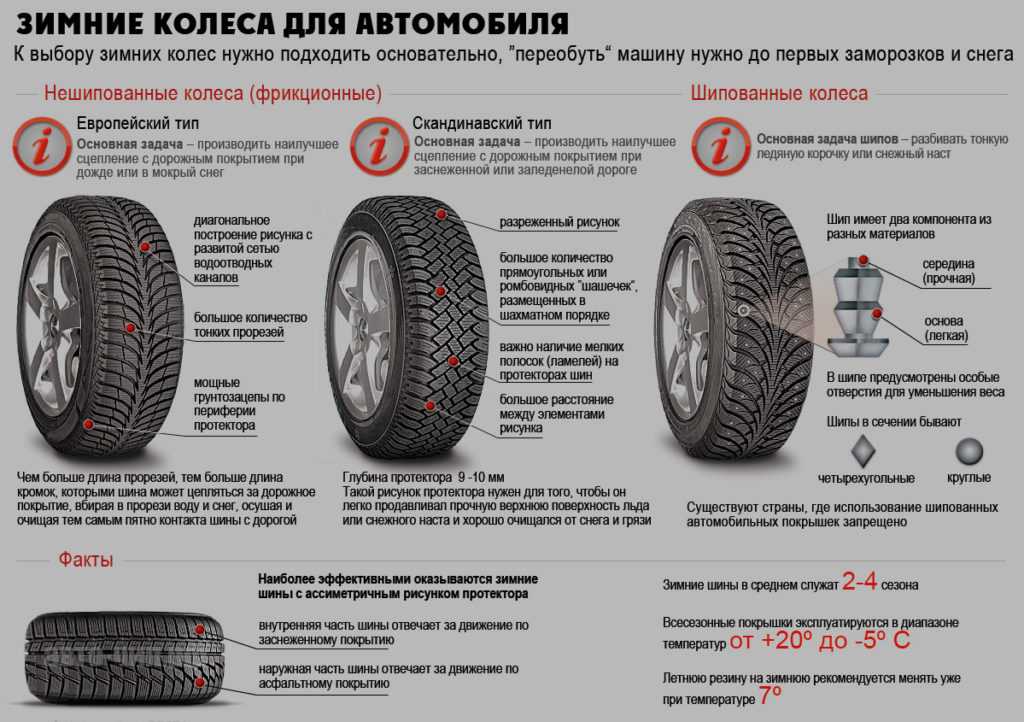
If you are ready to drive safer, be compliant with winter tire laws, and avoid unnecessary delays at winter tire checkpoints, head over to Tires-easy.com. Tires-easy.com currently has over 75 winter tire styles for cars or mini-vans, and 50 styles of winter tires for SUVs, CUVs, pickup trucks and commercial vans. The brands and styles of winter tires on tires-easy.com include the Nokian Hakkapeliitta 8 (available with studs or without studs) , Cooper Evolution Winter, Bridgestone Blizzak WS-80 tire, Firestone Winterforce 2 tires, the Goodyear Ultra Grip Winter, and the low priced Federal Himalaya WS2. In all-season tires, we have hundreds of options with the M+S marking, at price levels to fit any budget.
Create an account for FREE on Tires-Easy.com and discover the Exclusive Member Discounts.
Join Today For Free
Tires M + S: choose according to the marking
The more choices, the more difficult it is to make a decision. Car tires are no exception, because there are many options on the market. Not everyone knows, but tires "have" a special marking, and in this material we will pay attention to M + S and 3PMSF tires, which are suitable for year-round operation in regions with warm winters.
Car tires are no exception, because there are many options on the market. Not everyone knows, but tires "have" a special marking, and in this material we will pay attention to M + S and 3PMSF tires, which are suitable for year-round operation in regions with warm winters.
M + S tires. Where to look for the marking
When choosing tires, car owners usually pay attention to the cost, brand, tread pattern, the presence or absence of studs. If you look at the tire from a different angle - from the side, then on the sidewall you can see a set of numbers, letters and even drawings that will sometimes tell more about the tire than a consultant in a car dealership. Among them will be indicated: manufacturer, country of production, model name, size, speed and load indices, tube type and other technical features of a particular tire. Some models designed for winter use may be labeled 3PMSF (mountain or snowflake symbols) or the designation of mud and snow - you will see on the M + S tire.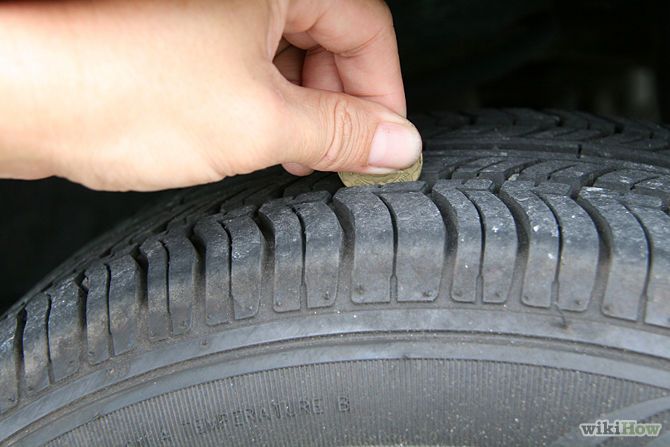 These letters can confuse even seasoned motorists, not to mention beginners. It's worth noting that some drivers refer to M S and 3PMSF tires as "all-season" tires, which is only true under certain conditions.
These letters can confuse even seasoned motorists, not to mention beginners. It's worth noting that some drivers refer to M S and 3PMSF tires as "all-season" tires, which is only true under certain conditions.
Tires M S. What does it mean?
M+S tires have been on the market for over 50 years and even seem a little romantic because of the set of letters and symbol. But in fact, these are the first letters taken from the English phrase MudandSnow, which means “Mud and Snow” in translation. Thus, the manufacturer reports that the tire provides better traction. That is, the main advantage of M + S tires over other winter tires is the ability to more easily overcome dirty, snowy (not to be confused with snowdrifts and ice) roads, in other words, “winter porridge”. Accordingly, such tires will perform well in the off-season and rainy summers somewhere outside the city, or in regions where the change in weather conditions is not as noticeable as in the northern lane. That is why in our country M + S and 3PMSF tires for year-round use are most often chosen by residents of the Southern and North Caucasian Federal Districts.
That is why in our country M + S and 3PMSF tires for year-round use are most often chosen by residents of the Southern and North Caucasian Federal Districts.
M+S tires are a godsend for off-road enthusiasts, as the softer rubber compound provides better traction and eliminates the possibility of wheel separation from the roadway. Rolling resistance also increases. In such tires, rubber layers are laid diagonally in different directions, due to which stability is achieved on an imperfect road.
What makes M + S tires special?
Manufacturers have introduced the M + S (MudandSnow) tire marking to simplify the identification of winter models. However, not all tires are winter tires. Yes, M + S tires are better on snow than summer tires, their tread has many sipes and resembles Velcro, but M + S tires do not always pass the snow test and cannot provide a safe ride on winter roads . That is, tires with the M + S marking are positioned by some manufacturers as all-season, but only the car owner can evaluate the weather conditions of his region and understand whether such tires are suitable for him in any season or not. As you know, it is necessary to “change shoes” for a car, starting from 5-7 degrees. M + S tires are not resistant to low temperatures, and at temperatures below 7 degrees will behave on the road like summer tires.
As you know, it is necessary to “change shoes” for a car, starting from 5-7 degrees. M + S tires are not resistant to low temperatures, and at temperatures below 7 degrees will behave on the road like summer tires.
If the tire is M + S, then this means that in the production of the model a rubber compound is used, the temperature range of which is wider than that of summer tires.
So what tires are still considered winter?
M + S and 3PMSF tires: Winter, where there is “snow and mountains”
In accordance with the Decree "On the safety of motor vehicles" in 2012, the mandatory designation 3PMSF (ThreePeakMountainSnowFlake) was introduced for winter tires - the so-called "alpine symbol", the image of mountains with a snowflake. This means that the tires are more flexible at low temperatures and have been tested on snowy roads and meet the technical and safety requirements for winter tires. These tires are tested at low temperatures and show excellent results on the basis of parameters - braking and traction in difficult weather conditions.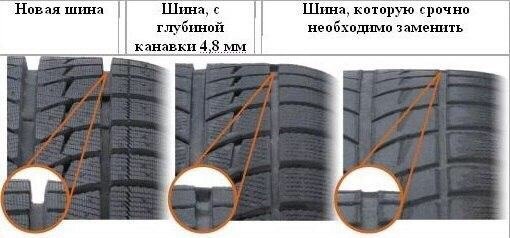 Criteria for compliance of tires with the declared international standards are checked by independent experts. The 3PMSF mark has been approved at the legislative level.
Criteria for compliance of tires with the declared international standards are checked by independent experts. The 3PMSF mark has been approved at the legislative level.
By the way, according to the law of the Russian Federation, in winter (December, January, February), owners of category B cars are required to use winter tires marked M + S and a mountain sign with a snowflake (3PMSF). It is also forbidden to use worn winter tires (tread height less than 4 mm). Violation of these laws entail fines and liability. After all, timely replacement and high-quality tires are, first of all, your own safety and the safety of other road users.
Important to remember:
 Regardless of the driving axles of the car, you should not save on tires, especially in winter. In fact, different pairs of tires at low temperatures are the same as driving with the front wheels on asphalt, and the rear wheels on water. The feeling is not pleasant, and most importantly, it is not safe.
Regardless of the driving axles of the car, you should not save on tires, especially in winter. In fact, different pairs of tires at low temperatures are the same as driving with the front wheels on asphalt, and the rear wheels on water. The feeling is not pleasant, and most importantly, it is not safe. The products of the Tire Business of the TATNEFT Group KAMA TIRES are produced in accordance with Russian and international quality and safety standards, comply with the international technical regulations "On the safety of wheeled vehicles" and Russian GOST in terms of quality. The assortment includes passenger cars, light trucks, combined trucks, all-steel cord tires, as well as special and agricultural tires of the brands KAMA, KAMA PRO, Viatti. Summer models, winter studded and non-studded, including tires M + S, - a total of about 400 headings.
The winter season is just around the corner, so be sure to check for the obligatory sidewall markings - for cold weather, choose M + S or 3PMSF tires!
Winter tires are the main seasonal purchase of motorists and a mandatory condition for winter driving according to traffic rules. Surprisingly, half a century ago, there were almost no winter tires in our northern country: they were simply not produced, and only a select few could get imported tires. As a result, motorists drove on a conditional Soviet "all-season", equally bad at any time of the year.
True, there were noticeably fewer cars on the roads. In today's heavy traffic, even one car with summer tires is enough for a massive crash on a slippery road. Therefore, seasonal tire changes have long become the norm, the main thing is to choose the right ones. One of the hottest debates is which is better: studded or friction tires. Each type of tire has its pros and its adherents. Let's discuss the features of "thorns" and "Velcro" with a head as cold as ice.
Let's discuss the features of "thorns" and "Velcro" with a head as cold as ice.
First, let's define what is generally considered winter tires. Many are guided by the marking M + S (Mud + Snow, “mud and snow”) on the sidewall of the tire, considering such tires a priori winter. This is not the case: the "M+S" symbol does not bind the tire manufacturer to anything and is just an advertising badge. Often it is found on tires with a completely summer, “road” tread pattern, on which you will not go far either in mud or in snow. Such tires are called all-weather tires, but in our latitudes, such versatility is nothing but trouble. In Russia, no one walks all year round in autumn shoes - the feet will be too hot in summer and cold in winter. All-season tires in a climate with a large temperature difference behave similarly: they “melt” in the summer and “tan” in the winter, working normally only in the off-season.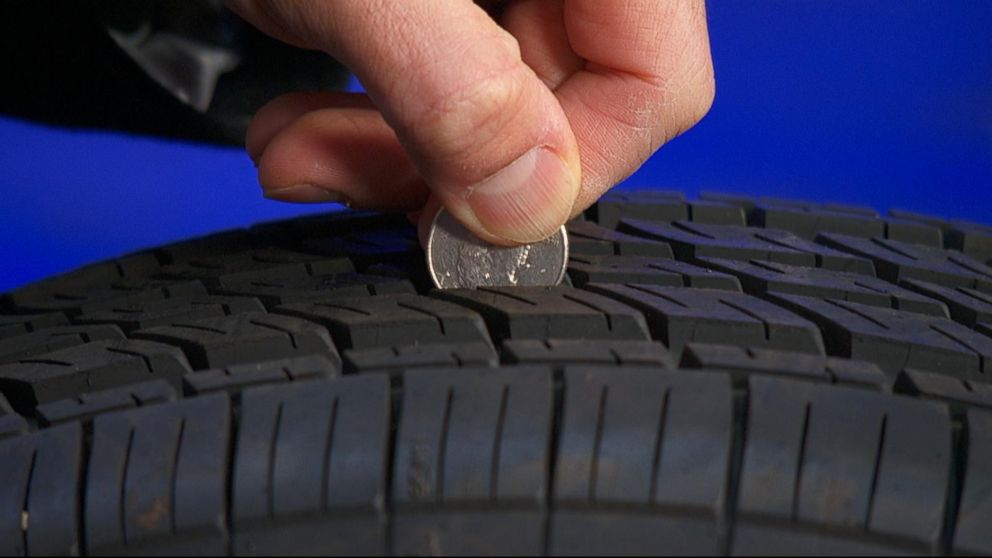
Real winter tires are marked with a different badge - Snowflake , in the form of a snowflake against the background of mountains. The "M+S" marking is usually also present (on the principle of "the more badges, the better"), but it is the snowflake symbol that ensures that the tire has passed winter tests on special test sites with snow and ice.
Snowflake (snowflake) - marking of winter tires
Lamella in the tread of winter tires
0075 sipes, many thin cuts in the tread. In the contact patch of the tire, the sipes expand, clinging to ice and packed snow, like a suction cup to glass. The more sinuous, longer and more often the lamellas are cut, the better the rubber behaves on slippery roads, but the worse it rides on dry asphalt. The right balance of performance is not easy to find, although the progressive 3D sipes used in today's tires are a big improvement over straight sipes. The design of 3D sipes prevents the tread patches from creeping on hard surfaces, which significantly improved the asphalt characteristics of winter tires.
Friction tire (popularly called Velcro) clings to snow and ice due to the tread pattern, sipes and physical properties of rubber, literally “sticking” to the road. You can’t confuse Velcro with studded tires (it’s hard not to notice the absence of studs), but not everyone knows that friction tires are divided into two very different types: “European” and “Scandinavian”. It’s more difficult to distinguish them from each other outwardly - it’s better to study the information from the manufacturer in advance or talk to a competent consultant in the store.
"Scandinavian" tires or northern winter tires is the most common type of friction winter tires in Russia. They are designed for frosty and snowy winters, typical for northern countries: the number of sipes on the tread is maximum, and the elasticity of rubber is maintained even at very low temperatures. The softness of the "Scandinavian" tires is obvious even to the touch - just press on the tread with your finger to make sure. This gives great advantages on ice in severe frost, but on asphalt, especially at above zero temperatures, the “Scandinavians” drive poorly and wear out quickly. These tires are designed for a real harsh winter without frequent thaws.
The softness of the "Scandinavian" tires is obvious even to the touch - just press on the tread with your finger to make sure. This gives great advantages on ice in severe frost, but on asphalt, especially at above zero temperatures, the “Scandinavians” drive poorly and wear out quickly. These tires are designed for a real harsh winter without frequent thaws.
⛔ Long stopping distance on dry pavement.
⛔ Fast wear at positive temperatures.
"European" tires or mild winter tires tires with a harder rubber compound. They are popular in Central and Southern Europe, where the roads are quickly cleared of snow, and the air temperature in winter hoveres around zero, only occasionally falling below -5 °C. This is too warm for soft "Scandinavian" tires, but for more rigid "European" tires - just right. There are also fewer sipes in them, which improves grip on asphalt. Such tires are well suited for dynamic driving in winter - on clean roads, of course.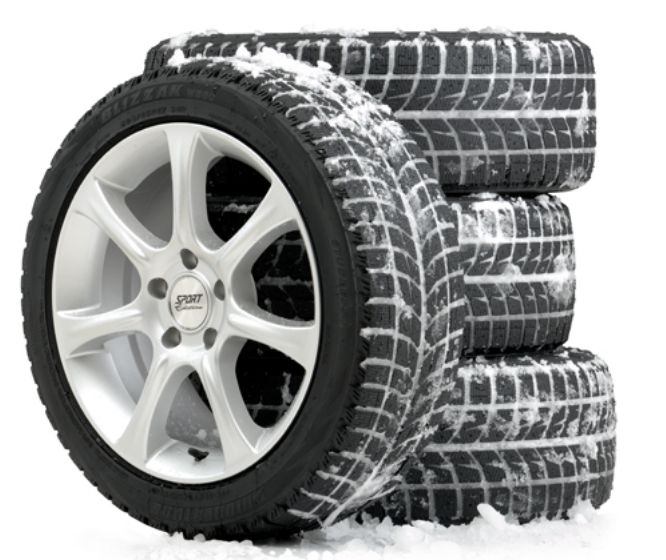
Mild winters are typical not only for Central European countries - in the south of Russia there are regions with a similar climate, where the choice of "European" friction tires is quite justified.
Examples of non-studded tires of the European type: winter tires Nokian WR, Michelin Alpin 6, Bridgestone Blizzak LM001.
Nokian WR A4
Michelin Alpin 6
Bridgestone Blizzak LM001
Pros and cons of "European" friction tires:
✔️ Good handling and braking on asphalt.
✔️ Good grip on slushy and wet roads.
✔️ Low noise.
⛔ Poor operation at low temperatures (rubber "hardens" in the cold).
⛔ Mediocre performance on packed snow and ice.
Studded winter tires often get mixed reviews. Some motorists are completely delighted with the "thorns" and advise them to everyone, others respond disapprovingly. What is the reason? As a rule, negative impressions from studded tires are a consequence of their operation in inappropriate conditions. Before buying spikes, you need to understand what they are made for and how they work.
Before buying spikes, you need to understand what they are made for and how they work.
Even at the production stage, spikes are implanted into the tire tread - small metal studs that provide additional grip on ice and packed snow. In terms of performance, studded tires are closer to "Scandinavian" friction tires than to "European" ones. By the way, in many countries with mild winters, studded tires are prohibited - the studs “gnaw” the asphalt too much.
However, in the Nordic countries, where snow on the roads is normal, studs are in high demand. Biting into the ice crust, studded tires provide the best deceleration, acceleration and handling on slippery roads, as confirmed by dozens of winter tire tests and the high rating of studded tires. Where, then, do the negative opinions come from?
The fact is that studded tires differ from the friction "Scandinavian" ones not only in the presence of studs, but also in the temperature range of effective operation. The composition of the rubber compound for spikes is always made harder than for Velcro, which is more elastic in severe frost. The optimum temperature for studded tires is between 0 and -10 °C, in these conditions they really have no equal on slippery roads. With a decrease in temperature to -15 ... -20 ° C, the indicators of "spikes" and "Velcro" on ice are aligned. And below -20 ° C, a good friction tire already works better than a studded one, which simply cannot scratch the frost-glazed ice with its studs.
The optimum temperature for studded tires is between 0 and -10 °C, in these conditions they really have no equal on slippery roads. With a decrease in temperature to -15 ... -20 ° C, the indicators of "spikes" and "Velcro" on ice are aligned. And below -20 ° C, a good friction tire already works better than a studded one, which simply cannot scratch the frost-glazed ice with its studs.
Studs in the tread of a winter tire
The point is that studded tires differ from friction "Scandinavian" ones not only in the presence of studs, but also in the temperature range of effective operation. The composition of the rubber compound for spikes is always made harder than for Velcro, which is more elastic in severe frost. The optimum temperature for studded tires is between 0 and -15 °C, in these conditions they really have no equal on slippery roads. With a decrease in temperature to -20 ° C, the indicators of "spikes" and "Velcro" on the ice are aligned. And below -25 ° C, a good friction tire already works better than a studded one, which is difficult to scratch the frost-glazed ice with spikes.
Examples of studded tires: winter tires Kama Viatti Brina Nordico V-522, Yokohama IceGuard IG55, Maxxis Presa Spike MA-SLW.
Hankook Winter i*Pike RS2 W429
Kama Viatti Brina Nordico V-522
Maxxis Presa Spike MA-SLW
Pros and cons of studded tires:
✔️ The shortest stopping distance on a slippery road.
⛔ Increased noise.
⛔ Moderate handling on pavement and slush.
⛔ Deterioration of tire performance in severe frost.
In virgin snow, studded and friction tires provide the same flotation, but subjectively, studded tires in the right conditions can seem more "all-terrain" - for example, when storming icy climbs.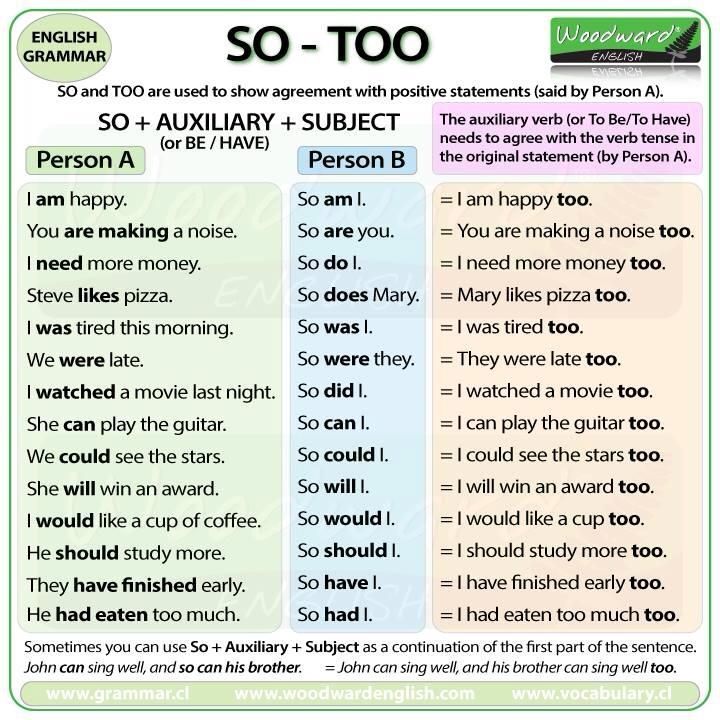 Therefore, "spikes" are often put on cars with front or rear wheel drive, trying to slightly improve their cross-country ability in urban areas. By the way, there are other ways to do this.
Therefore, "spikes" are often put on cars with front or rear wheel drive, trying to slightly improve their cross-country ability in urban areas. By the way, there are other ways to do this.
If there were objectively the best tires for all occasions, then all the others would not have been produced for a long time. Therefore, the question “what is better, spikes or Velcro” simply does not make sense - any type of tire can be the best, depending on the operating conditions. Therefore, tires must be selected based on climate and road conditions.
In continental climates with harsh winters, severe frosts and lots of snow, Scandinavian type friction tires are an excellent choice. Where the winter is not as severe, temperatures below -20 °C are rare, and the roads are usually ice and snow, studded tires will work best. And in regions with mild winters or frequent thaws, where snow rarely falls and is removed quickly, “European” tires are what you need.
For clarity, we have summarized the average performance of three types of tires based on the results of many tire tests and ratings in one table:
| Tire type Parameter | Studded | Friction "Scandinavian" | Friction "European" |
| Purpose | Winter. Ice and snow covered roads | Severe winter. Snowy and icy roads | Mild winter. Asphalt, slush, light snow |
| Optimum temperature | 0 to -15°C | -15°C and below | +5 to -5°C |
| Rubber hardness | 55-60 units | 50-55 units | 60-65 units |
| Passability in virgin snow | ★★★★★ | ★★★★★ | ★★★☆☆ |
| Packed snow grip | ★★★★★ | ★★★★☆ | ★★★☆☆ |
| Clutch on ice | ★★★★★ | ★★★★☆ | ★★☆☆☆ |
| Clutch on ice | ★★★★☆ | ★★★★★ | ★☆☆☆☆ |
| Snow slush clutch | ★★★☆☆ | ★★★☆☆ | ★★★★☆ |
| Asphalt clutch | ★★☆☆☆ | ★★☆☆☆ | ★★★★★ |
| Noise level | ★☆☆☆☆ | ★★★☆☆ | ★★★★★ |
Winter tire comparison and rating
Car tires are made from natural rubber, which loses its properties over time. Therefore, before you buy winter tires, be sure to check the date of their release. Over the years, the rubber compound dries out, loses its elasticity and loses its ability to cling to a slippery road, turning into a kind of children's ice. At the same time, tread wear can be small - not everyone drives a lot in winter. But the aging of rubber is more dangerous than physical wear, because outwardly such a tire looks quite normal. But on the ice, it can bring an unpleasant surprise with many consequences.
Old winter tires must be disposed of without pity. Rolling them up during the warm season is a bad idea, since they are no less dangerous in summer than in winter.
Experienced motorists notice a difference in the behavior of tires already in the second season of operation, not to mention the third or fourth: compared to a new tire, the grip efficiency is steadily declining. Well, 5 years is the generally accepted limit for the operation of winter tires, and the period is calculated from the moment the tire was manufactured, and not from the start of use.